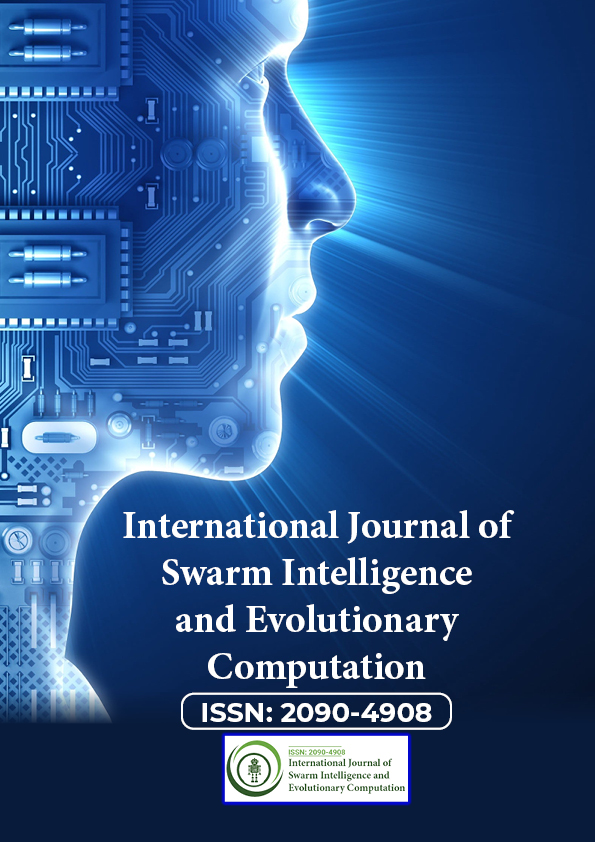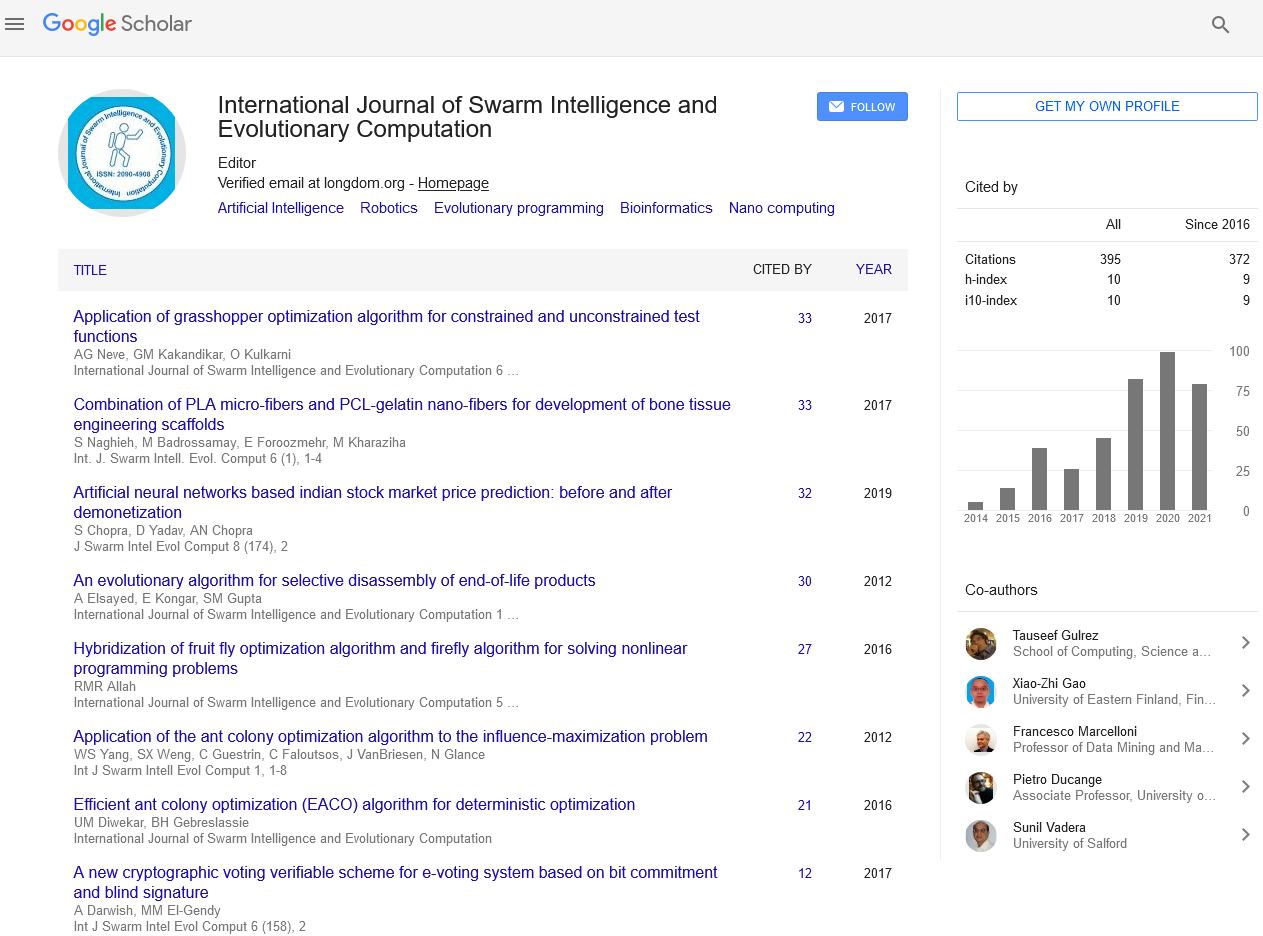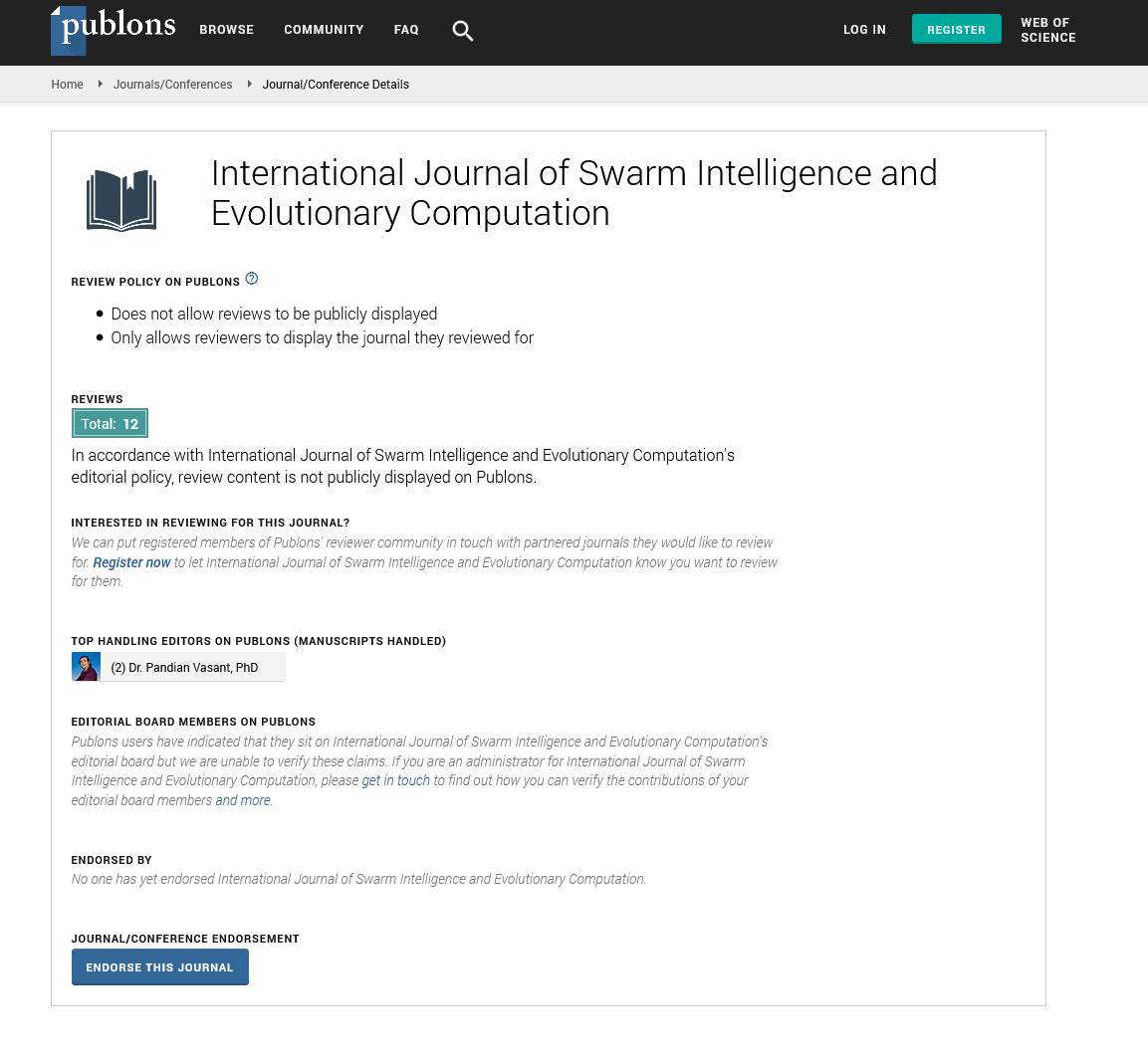Indexed In
- Genamics JournalSeek
- RefSeek
- Hamdard University
- EBSCO A-Z
- OCLC- WorldCat
- Publons
- Euro Pub
- Google Scholar
Useful Links
Share This Page
Journal Flyer

Open Access Journals
- Agri and Aquaculture
- Biochemistry
- Bioinformatics & Systems Biology
- Business & Management
- Chemistry
- Clinical Sciences
- Engineering
- Food & Nutrition
- General Science
- Genetics & Molecular Biology
- Immunology & Microbiology
- Medical Sciences
- Neuroscience & Psychology
- Nursing & Health Care
- Pharmaceutical Sciences
Perspective - (2022) Volume 11, Issue 2
Role of Ontology Engineering in Artificial Intelligence
Krunal Mishra*Received: 07-Feb-2022, Manuscript No. SIEC-22-15899; Editor assigned: 09-Feb-2022, Pre QC No. SIEC-22-15899(PQ); Reviewed: 23-Feb-2022, QC No. SIEC-22-15899; Revised: 28-Feb-2022, Manuscript No. SIEC-22-15899(R); Published: 07-Mar-2022, DOI: 10.35248/2090-4908.22.11.237
Description
There are two main approaches to supporting Artificial Intelligence (AI). On the one hand, through machine learning where AI systems learn from examples. We hear a lot about machine learning, as represented by IBM’s Watson. Machine learning-based systems use statistical classification of patterns to compare what they learn from the training set with new data to see if they fit the pattern. For example, it is often used to predict fraud that can be detected by analyzing patterns in the data and comparing them to patterns that are known to be related to fraud.
Another approach to supporting AI is ontology. Ontology is a set of subject or domain concepts and categories that show their properties and the relationships between them.
This approach creates a knowledge base that systematizes information, and then develops an ontology that reflects the associations between different data items. Ontology-based AI allows systems to make inferences based on content and relationships, emulating human performance. Ontology-based AI can provide targeted results and does not require the use of training sets to function.
The knowledge model runs along a continuum starting at the simplest level. There, a controlled vocabulary is developed that encourages the use of the same word for specific meanings. The next step is to be able to identify terms related to a single concept. The next level is a taxonomy that defines a hierarchy of parent-child relationships. Parent-child relationships can be a specialization of one product category or an item classified as part of another product category, such as a product, engines as part of a car. These are often used as a navigation structure for websites to move users from one information to another. Ontologies represent relationships between multiple classifications. Finally, the knowledge graph can be used to capture a specific instance of a relationship, such as a specific sales transaction between entities, but ontology is common. Types of relationships in the model includes
• Equivalence is used in thesaurus and does not necessarily refer to synonyms. For example, transparency and opacity both refer to the same concept, but with different explanations.
• Hierarchical relationships are used in classification methods to classify elements or concepts, and related terms are used for ontological concepts or entities.
• Related terms are contextual and audience-specific and are used to relate multiple classifications.
Ontologies and classifications share several elements, but ontology provides a richer set of information. The taxonomy is a tree structure, and an element or concept can have only one parent. Ontologies allow objects like smartphones to inherit functionality from multiple parents. This quality is useful because real-world objects and concepts are not just one, but interrelated in many ways.
Ontology real world example
Ontologies can be applied to situations that evaluate customer behavior. The Cleveland Museum of Art wanted to understand the patterns of visitor preferences and interactions with the museum’s collections. To do this, they had to identify the characteristics of the collection, their themes, locations, and specific points of interaction for the visitor. The term for location was developed because it was needed to establish a correlation between the visitor’s reaction and the exhibit. Visitors agreed that the museum would record what they said. Ontologies were developed to connect geospatial data with behavioral analytics based on highly specific content. The museum was able to better understand the tastes of the visitors and provide a better experience.
Ontology and digital transformation
Hundreds or thousands of AI projects are required to achieve complete digital transformation, so it’s important to set the stage for scaling up. Instead of having a series of separate projects, you need to develop an inerrable framework. In addition, existing ontology allows you to make changes to your data in one place and propagate them through existing relationships. For example, if the price of a service changes, the system does not need to be recoded in multiple applications. Data can be modified once and transferred to all. Robust information architectures are needed to support the advanced solutions that emerge as organizations drive digital transformation. Ontology provides a reusable and adaptable structure for organizations looking to drive AI initiatives. The more detailed the ontology, the more meaningful the user will get.
Citation: Mishra K (2022) Role of Ontology Engineering in Artificial Intelligence. Int J Swarm Evol Comput. 11:237.
Copyright: © 2022 Mishra K. This is an open-access article distributed under the terms of the Creative Commons Attribution License, which permits unrestricted use, distribution, and reproduction in any medium, provided the original author and source are credited.


